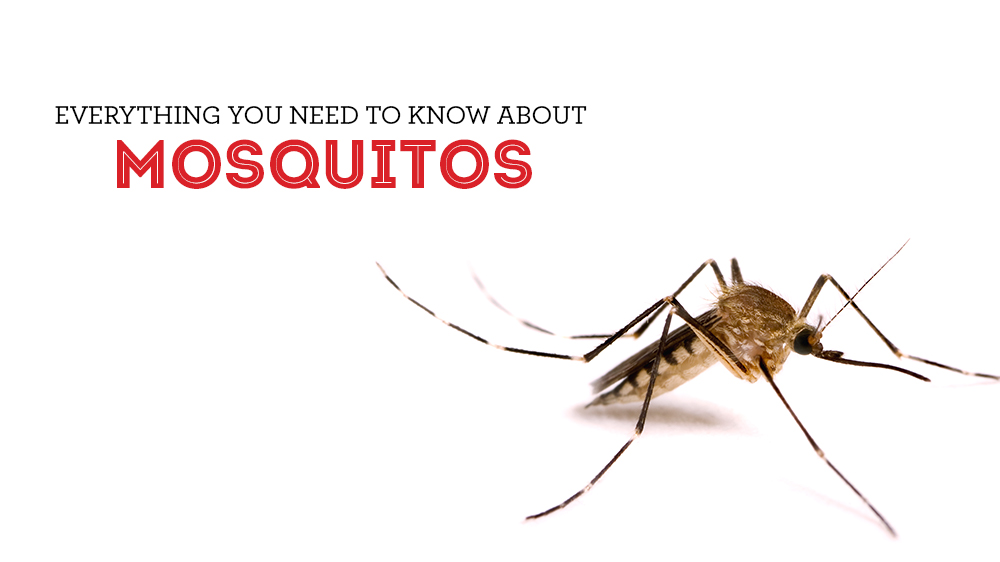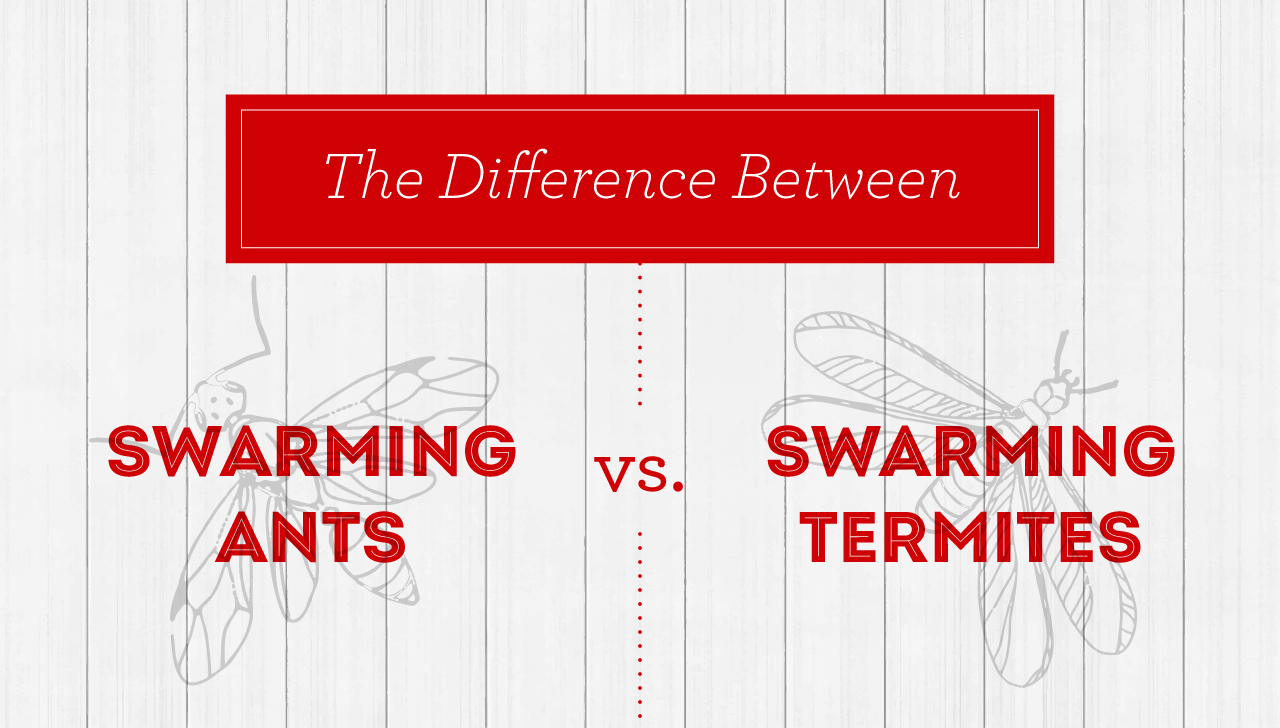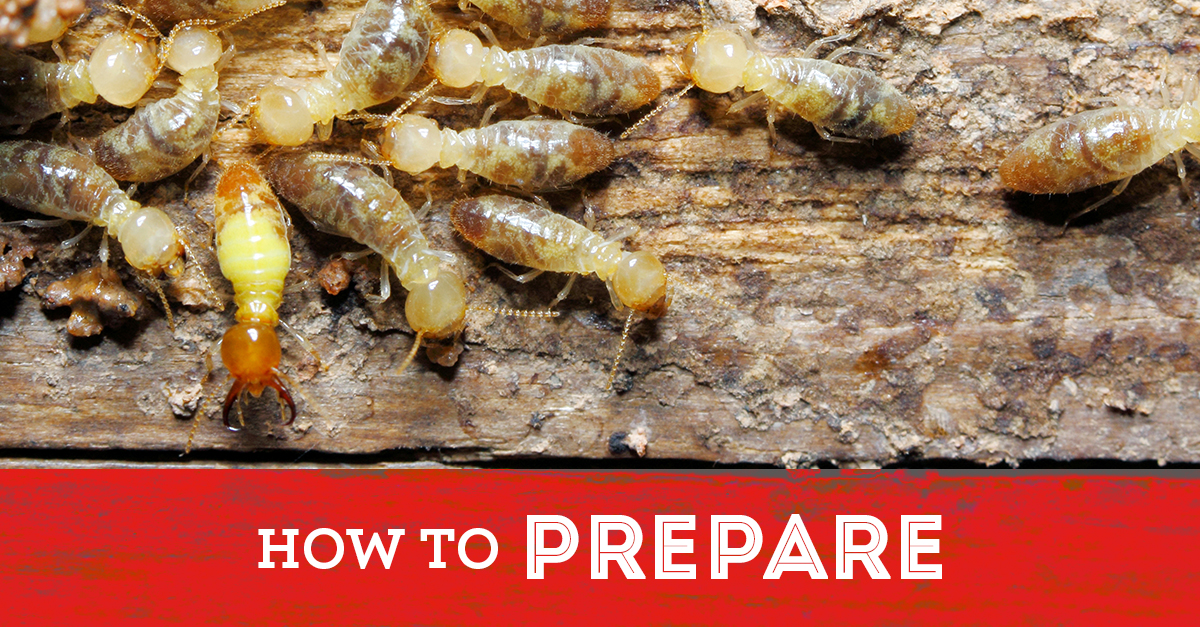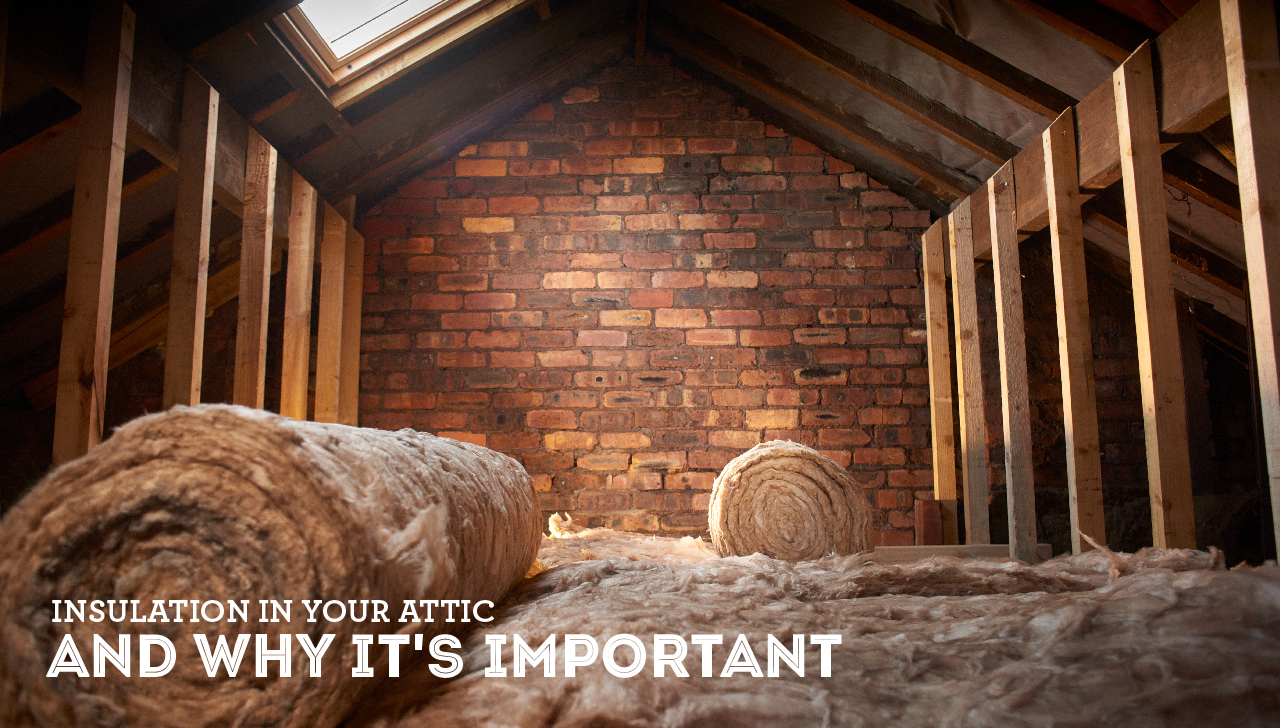
Mosquitoes…us Louisianians know a thing or two about these blood-sucking insects. According to National Geographic, there are now over 3,000 mosquito species worldwide. As the weather starts warming up, mosquitoes start to populate around your home. The annoyance of itchy mosquito bites is one of the few downfalls of playing outside in the summer. Not only are they annoying biting nuisances, but they are a public health concern across the world. A mosquito’s ability to spread fatal illnesses make them one of the most deadly animals in the world. It’s important for residents to understand the basic facts about the mosquito, the associated health concerns, and the best methods of controlling and preventing them.
Basic Facts About Mosquitoes
As you may have guessed already, mosquitoes prefer warmer and more humid climates. This is why Louisiana is a great home for them. The majority of the different species of mosquitoes can survive in temperatures between 50 and 95 degrees Fahrenheit. Whenever Louisiana begins to reach these temperatures, mosquito eggs will begin to hatch.
Mosquito species have different breeding habits, but most want to lay their eggs near water, this could include dog bowls, birdbaths, tires, flowerpots, and gutters. Female mosquitoes can produce 100-200 eggs at one time, and the eggs can hatch into mosquito larvae within 48 hours. For about a week to 10 days, the larva will grow before changing into a pupa until finally emerging as an adult mosquito about two days later. After the mosquitoes are born, male mosquitoes live for about a week or two, feeding on nectar from flowers, and female mosquitos can live for over a month, feeding on humans and animals for blood to produce eggs.Believe it or not, your breath attracts mosquitoes to suck your blood. Carbon dioxide gives insects the signal that blood is nearby, and since we exhale CO2, we make it easy for these bloodsuckers to find us.
Health Concerns
Mosquitoes are in fact one the deadliest creatures on earth. They can carry dangerous diseases, and more deaths have been reported as a result of their bites than any other animal. According to The American Mosquito Control Association, mosquitoes cause more human suffering than any other organism — over one million people worldwide die from mosquito-borne diseases every year. Diseases that are spread to people by mosquitoes include West Nile Virus, Chikungunya, Zika virus, dengue, and malaria. It is important to learn about the different ways to prevent and control these pests before someone gets sick.
Controlling and Preventing
Just because mosquitoes are an inevitable part of summer activities doesn’t mean you’re left totally defenseless. Try these tips to prevent these pests from biting you:
- Get rid of standing water
- Wear long sleeves and pants
- Avoid dusk and dawn hours
- Clean gutters and downspouts
- Wear repellent with DEET in it
- Plant mosquito-repelling plants such as Citronella & Lemongrass
If you are still experiencing mosquitoes on your property, it’s a safe bet you should call a pest control professional. The mosquito treatment plan usually begins with a thorough property inspection and identifying the kind of mosquitoes that are causing problems. Once the inspection and identification are complete, your pest management professional will prepare a mosquito treatment plan best suited for your property, such as mosquito pots, misting systems, or yard fogging.
If you are concerned about a mosquito breeding site in or around your home, consider calling a pest management professional. The Bug Man provides three revolutionary mosquito treatments that don’t just repel mosquitoes, the unit kills them for good! Our newest mosquito program is a great, inexpensive alternative to yard fogging. We place mosquito pots around your yard that sterilize a female mosquito from laying eggs. For an effective mosquito solution, contact The Bug Man and ask about their mosquito services or give us a call at (225) 923-2847.




